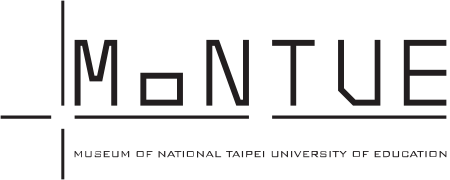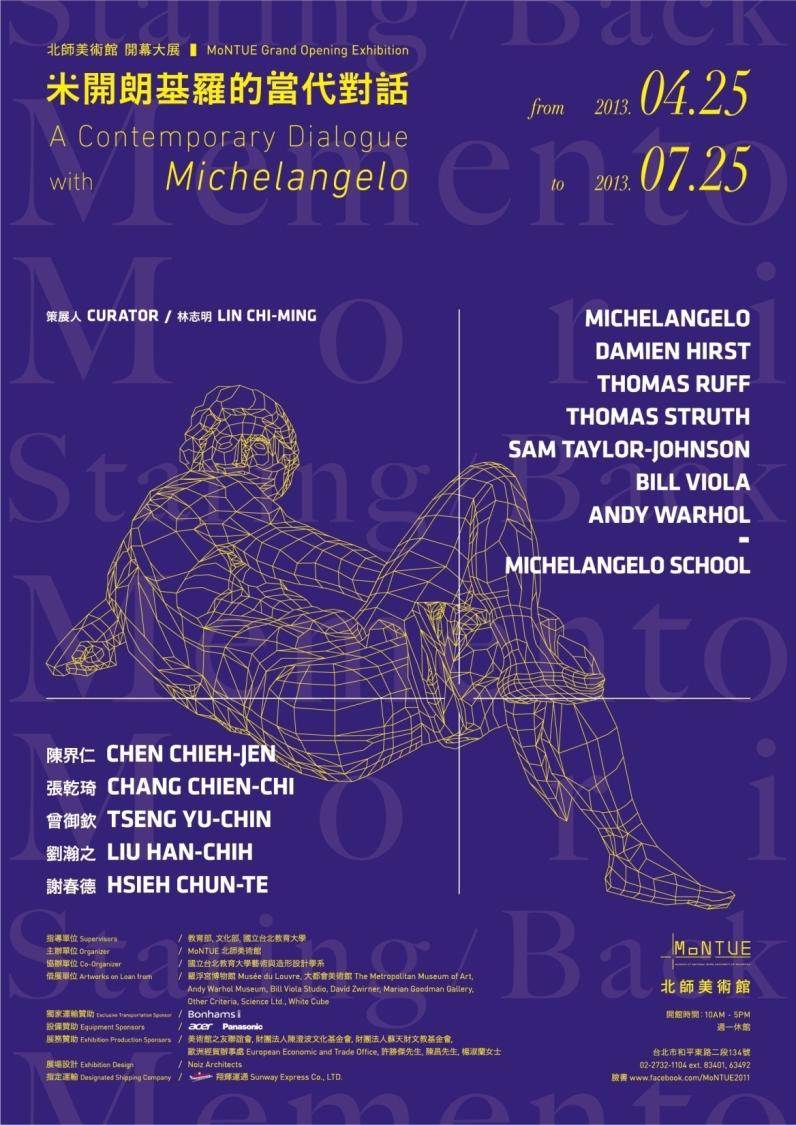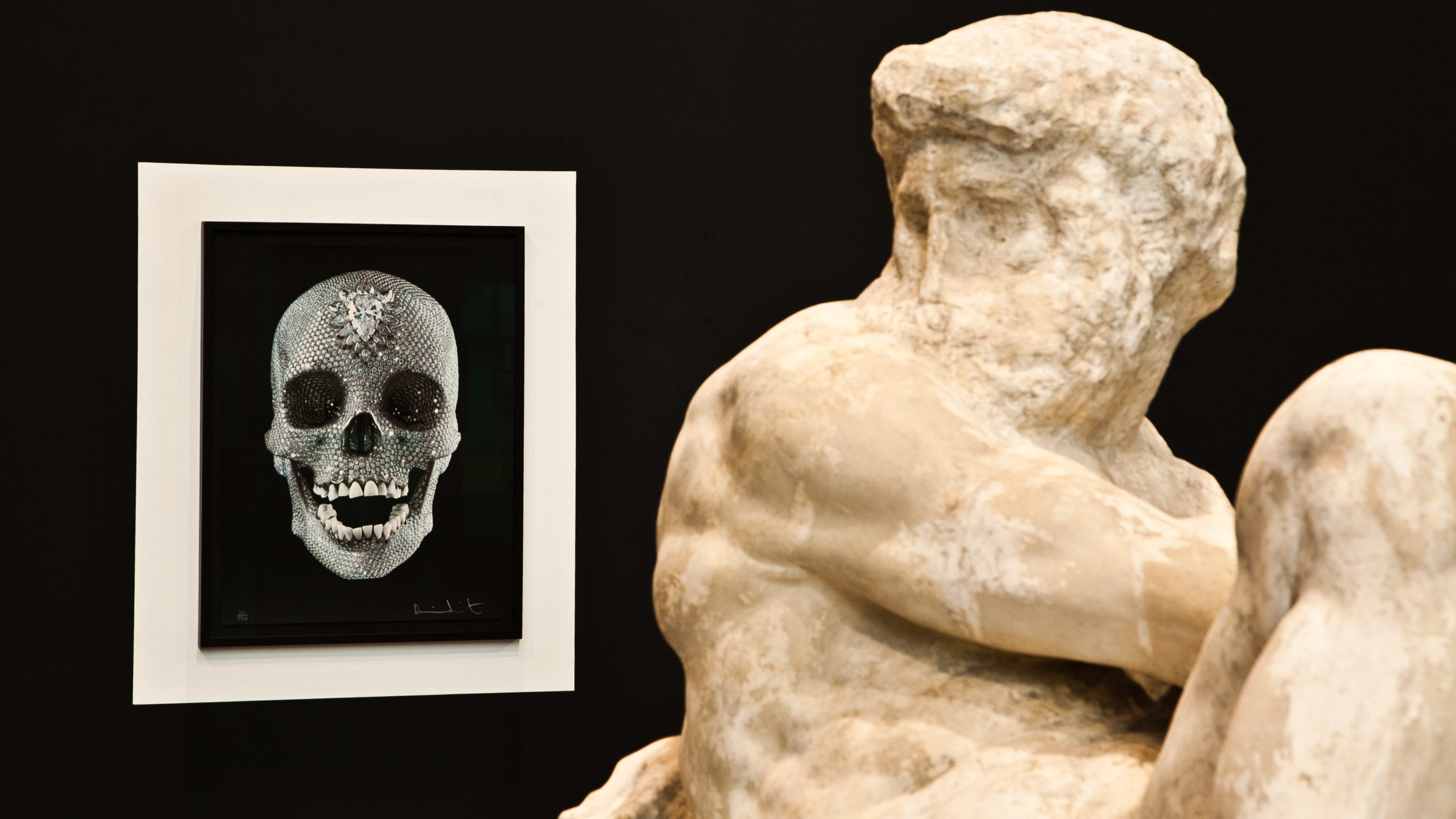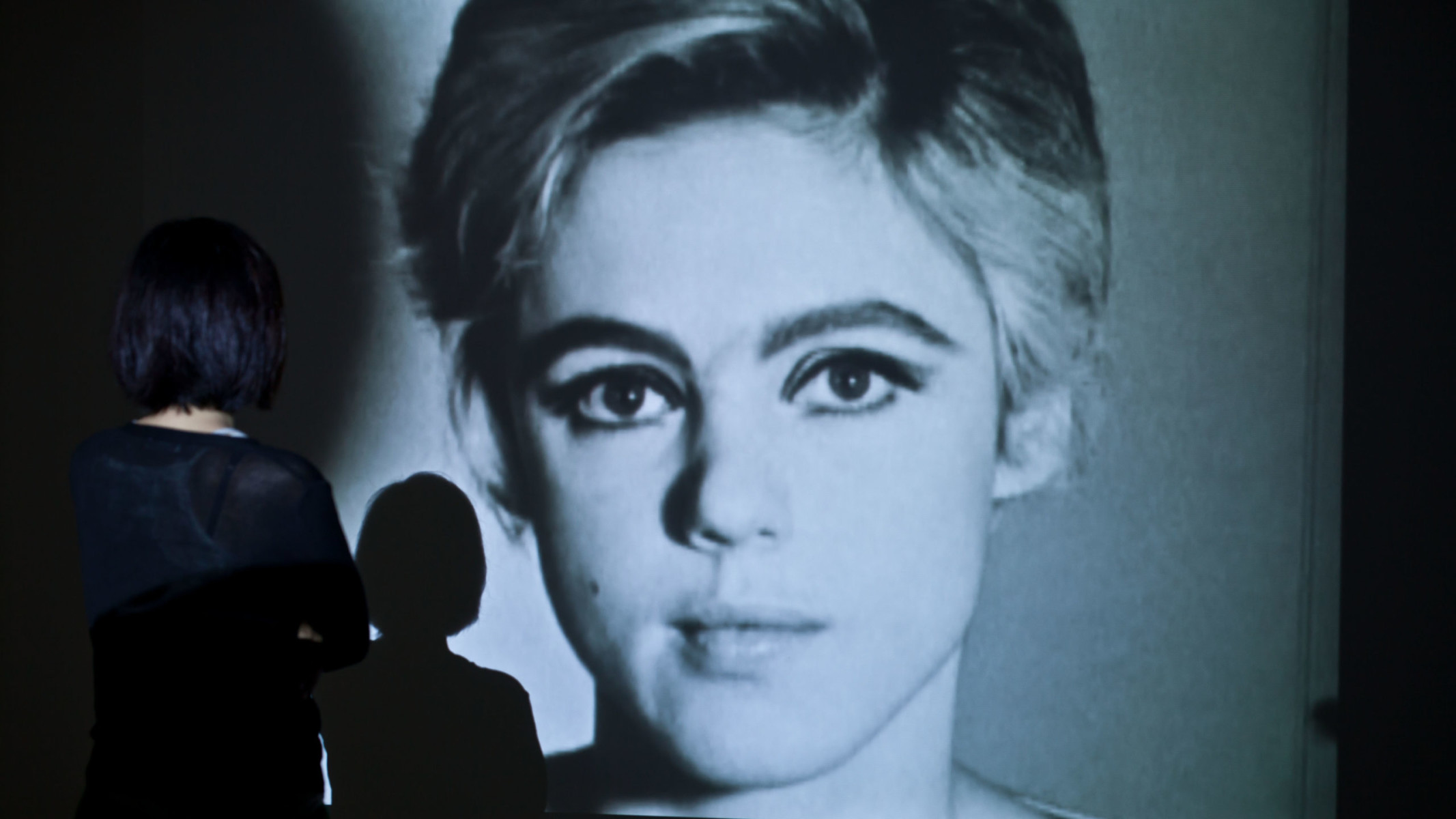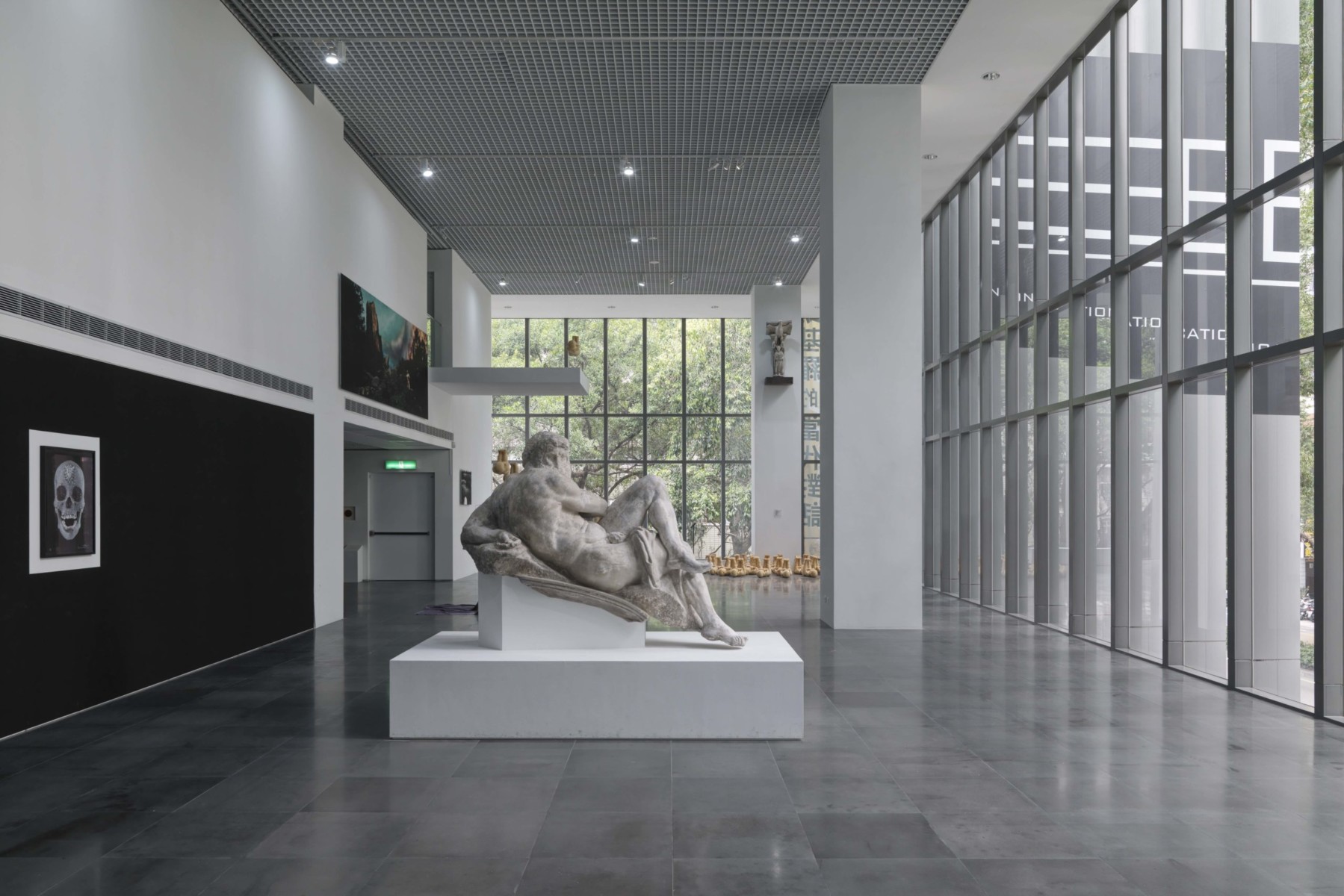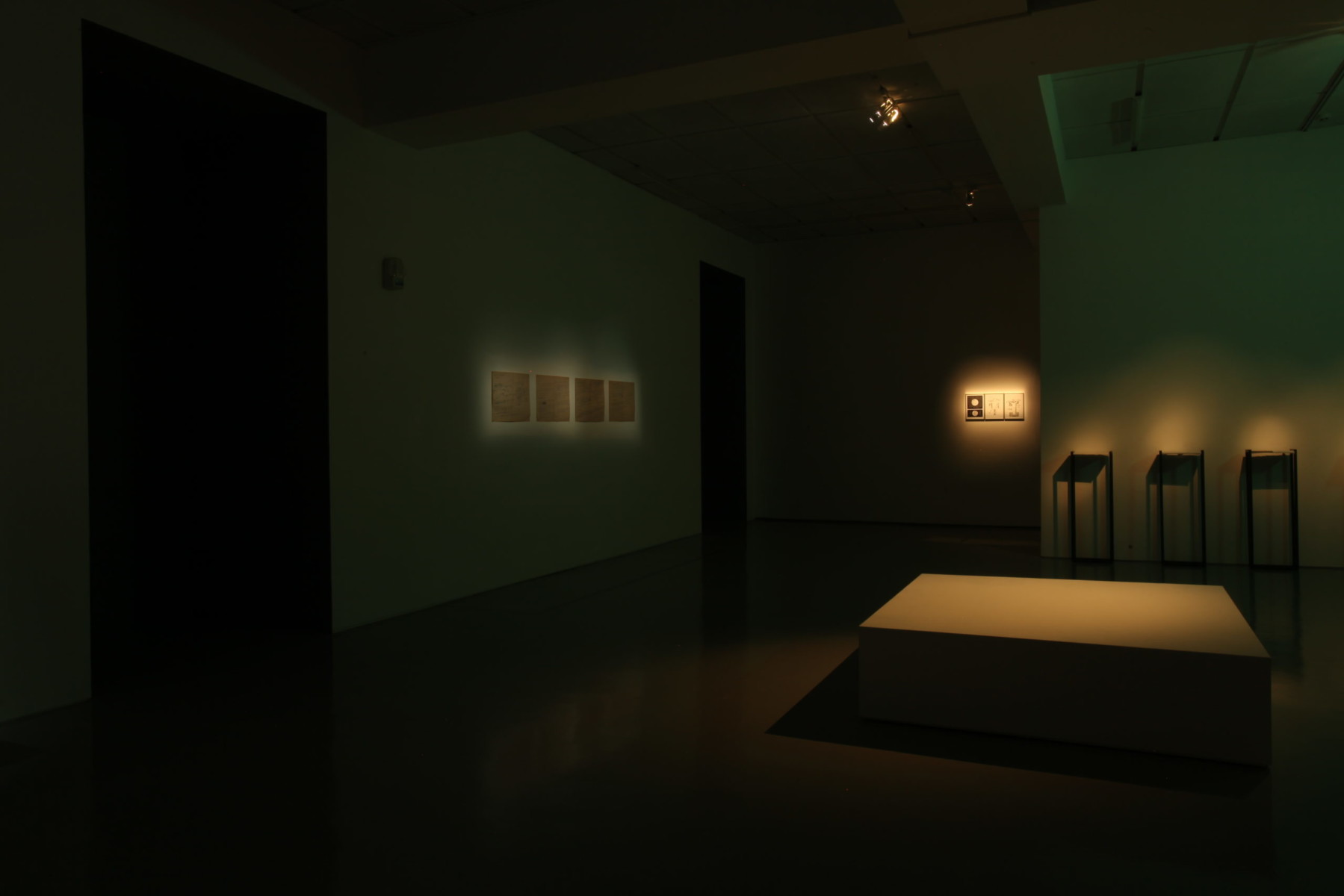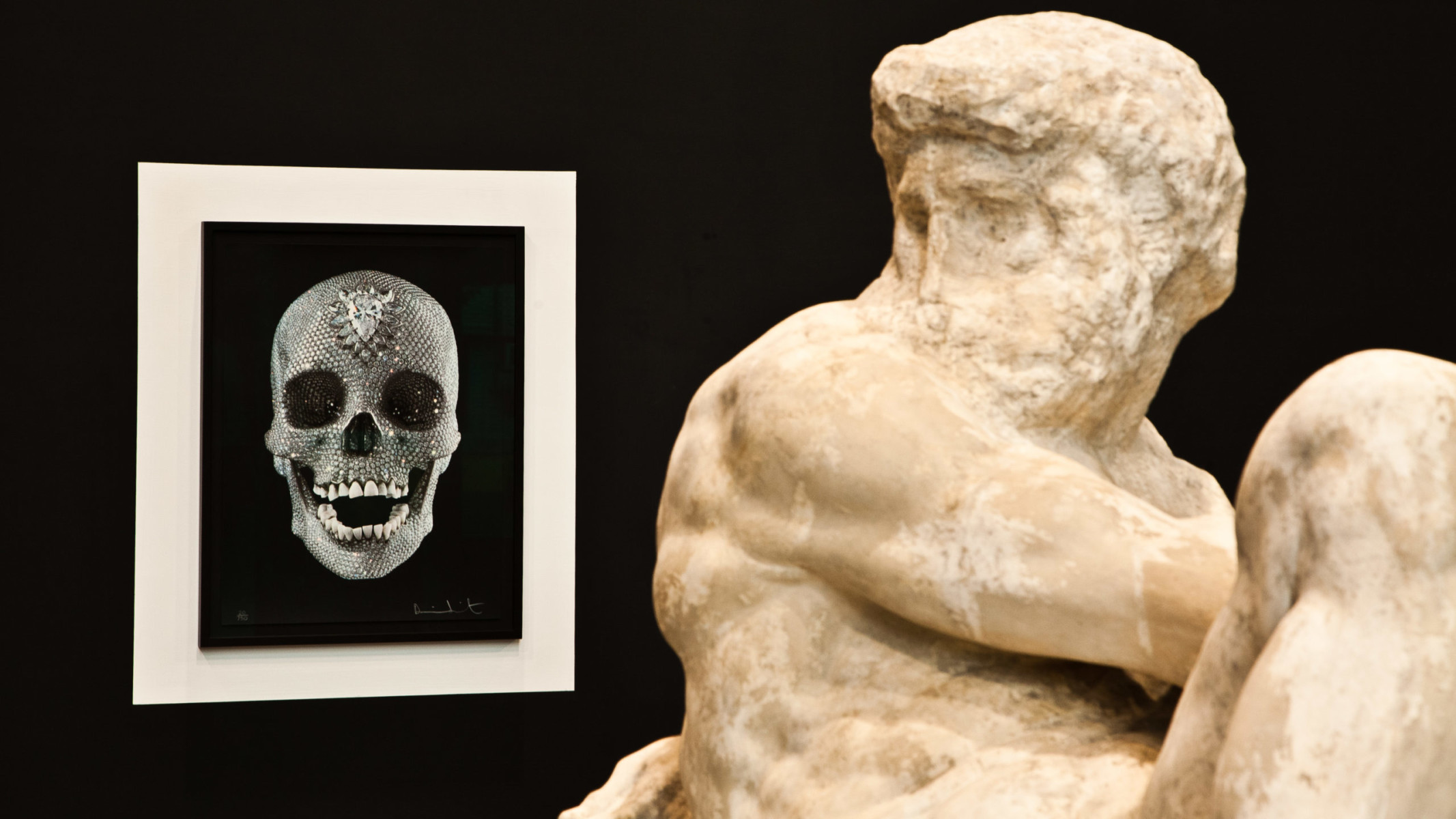2013.04.25-2013.07.25A Contemporary Dialogue with Michelangelo
A Dialogue between the Renaissance and the Contemporary, the West and Taiwan The impetus behind the founding of the Museum of National Taipei University of Education was a collection of works given on long-term loan from the Metropolitan Museum of Art (the Met) in New York. Thus, the concept behind the inaugural exhibition was to select an important piece from the collection, namely Renaissance master Michelangelo’s Day, as the core of the exhibit. Not only could an exploration of this theme be conducted, but a dialogue between ancient and contemporary masterpieces could be sparked. The works displayed here cross boundaries both in Taiwan and throughout the world, implying a reverberating space that crosses different cultures. What makes this exhibition unique is that not only are works from two leading global museums, the Met and the Louvre, collected here for critical exploration, but several questioning clues are left here to urge a dialogue between important contemporary Western works (from artists such as Damien Hirst, , Thomas Ruff, Thomas Struth, Sam Taylor-Johnson, Bill Viola and Andy Warhol) and Taiwanese masters from many eras (including Hsieh Chun-Te, Chen Chieh-Jen, Chang Chien-Chi, Tseng Yu-Chi and Liu Han-Chih). This is an attempt to break through the established practices for art exhibitions and display a novel possibility for mutual illumination.
